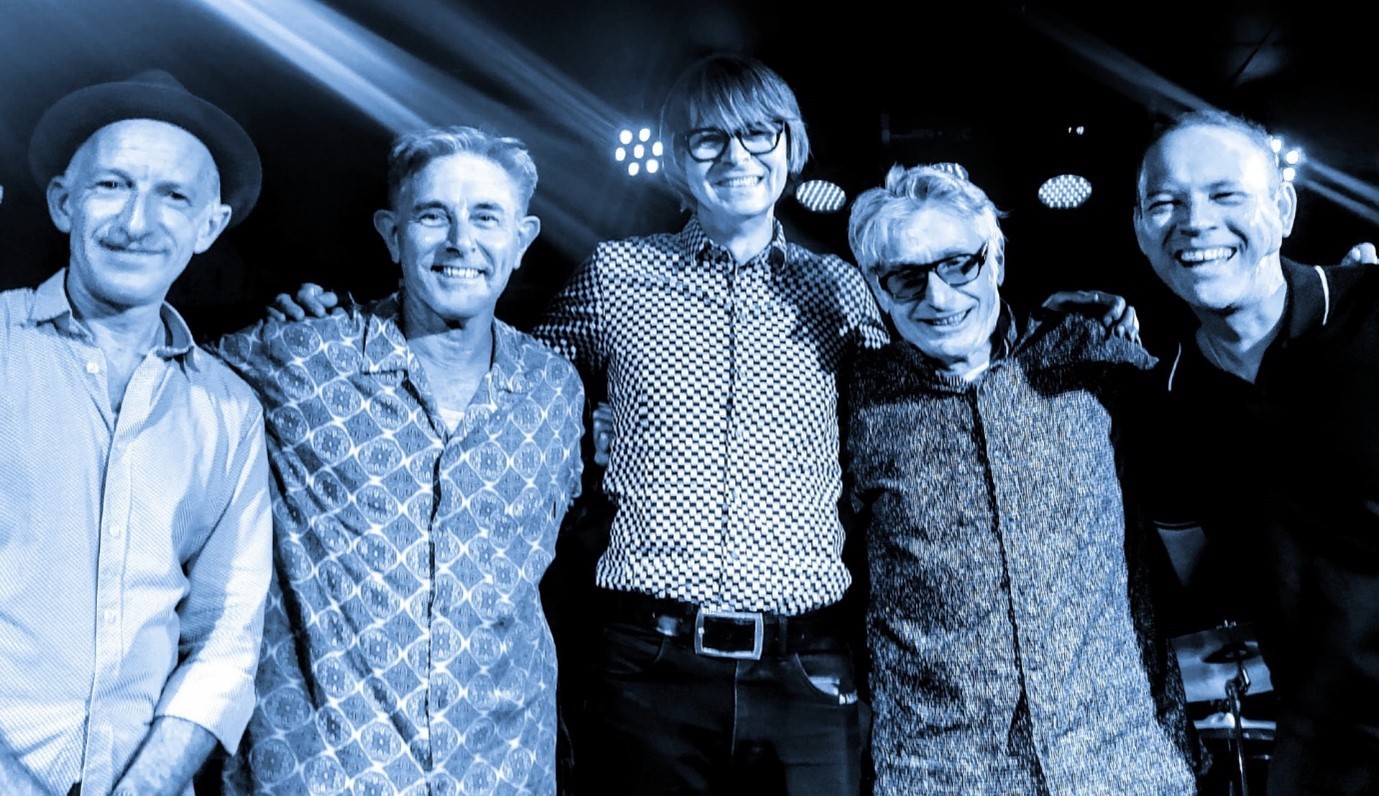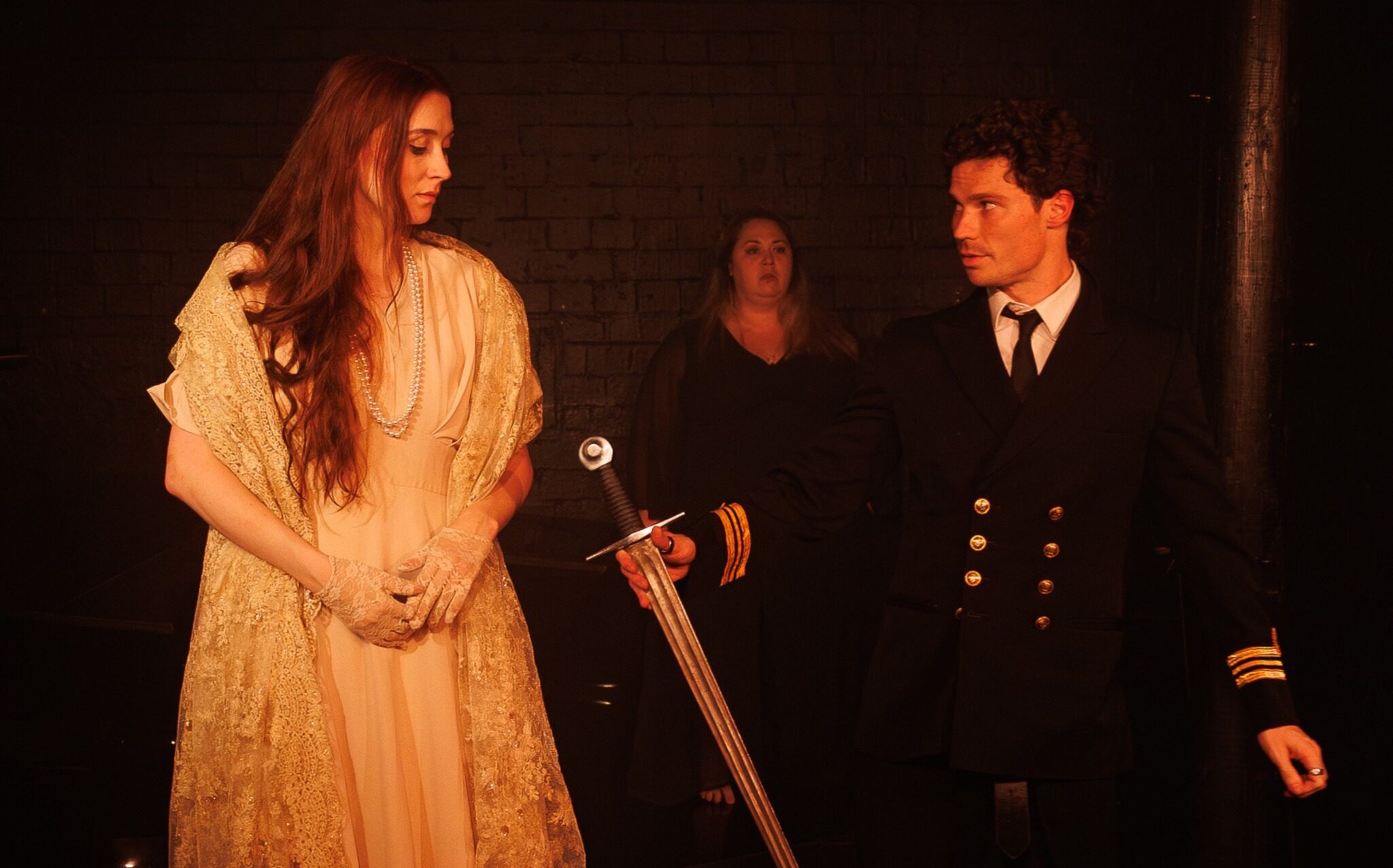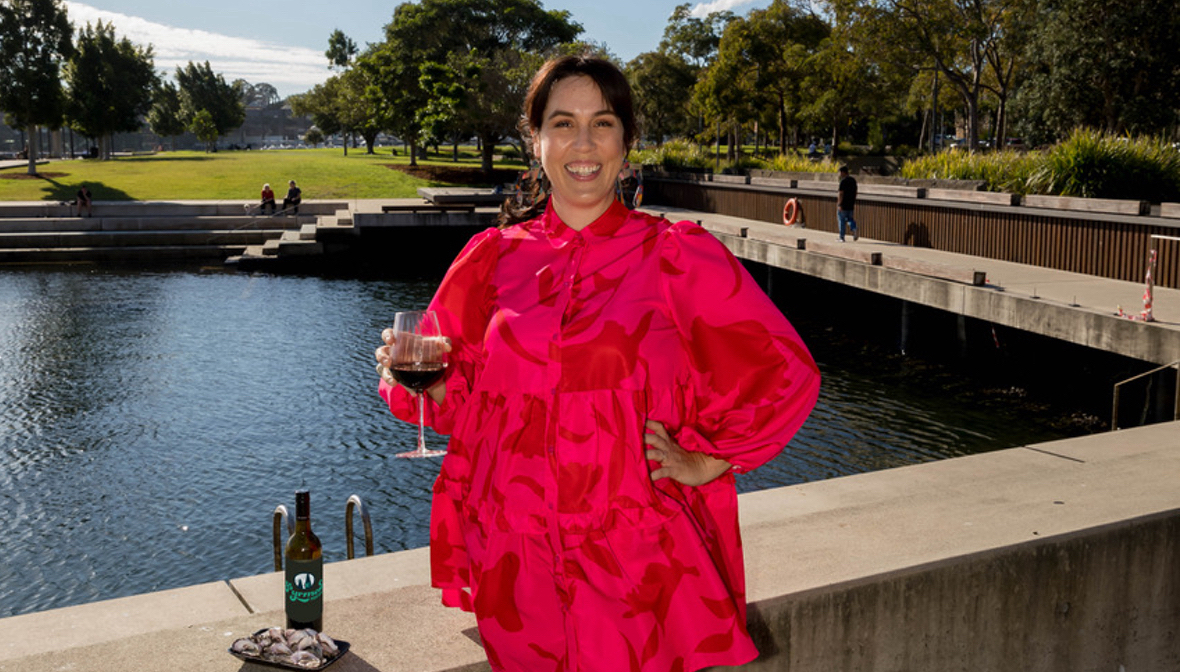
The Dictionary of Lost Words – REVIEW
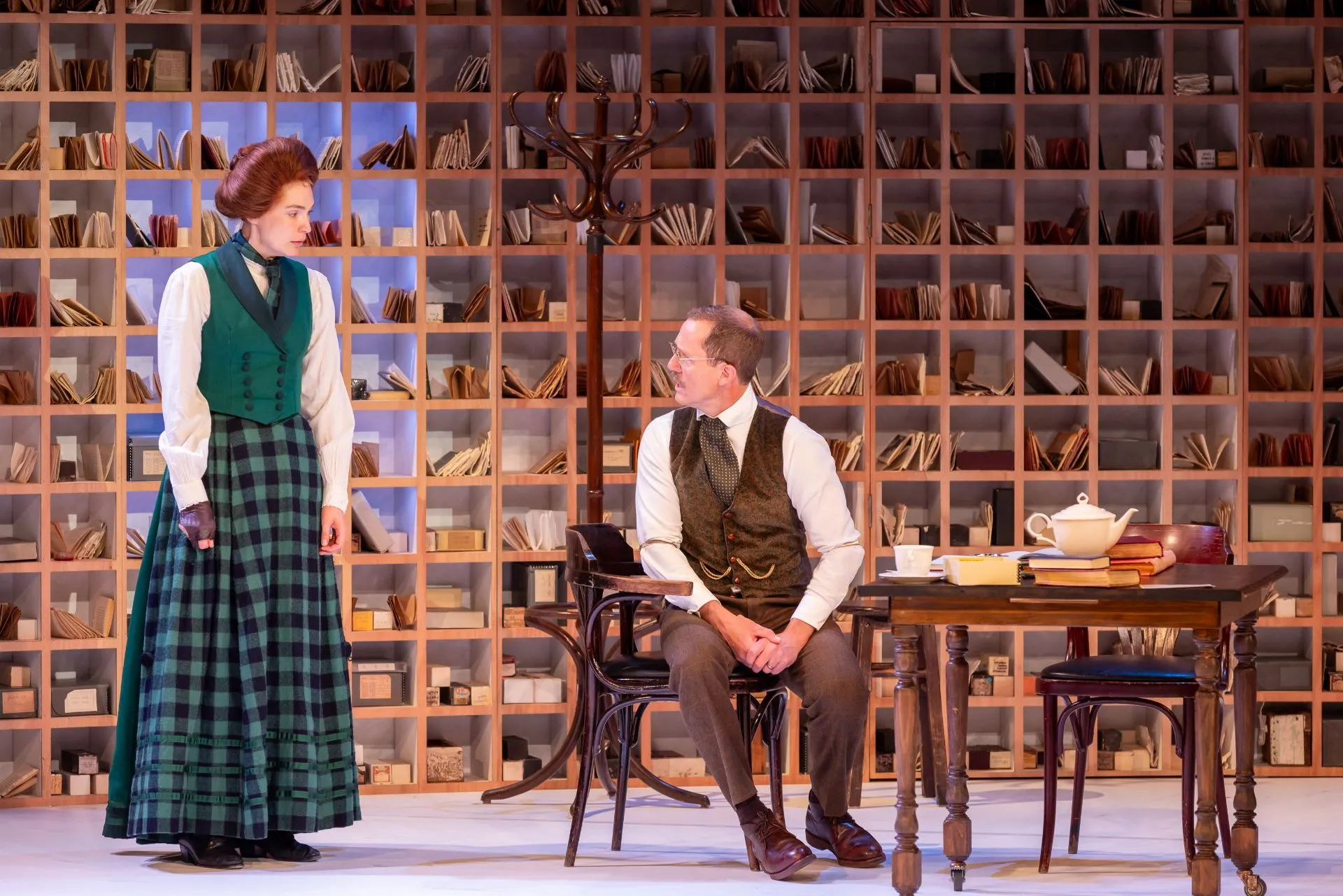
Researching the development of the Oxford English Dictionary does not sound like fertile ground for creative inspiration, yet that is how academic, Pip Williams came to write her outstandingly successful first novel, The Dictionary of Lost Words. The story is a clever assembly of facts glued together by a fictional narrative that resolves a gross oversight by the historical record – the inclusion of the female voice.
The compilation of the Oxford Dictionary was a mammoth undertaking, beginning in 1857 and not reaching completion until 1928. It was put together by a team of lexicographers led by James Murray and comprised exclusively of men.

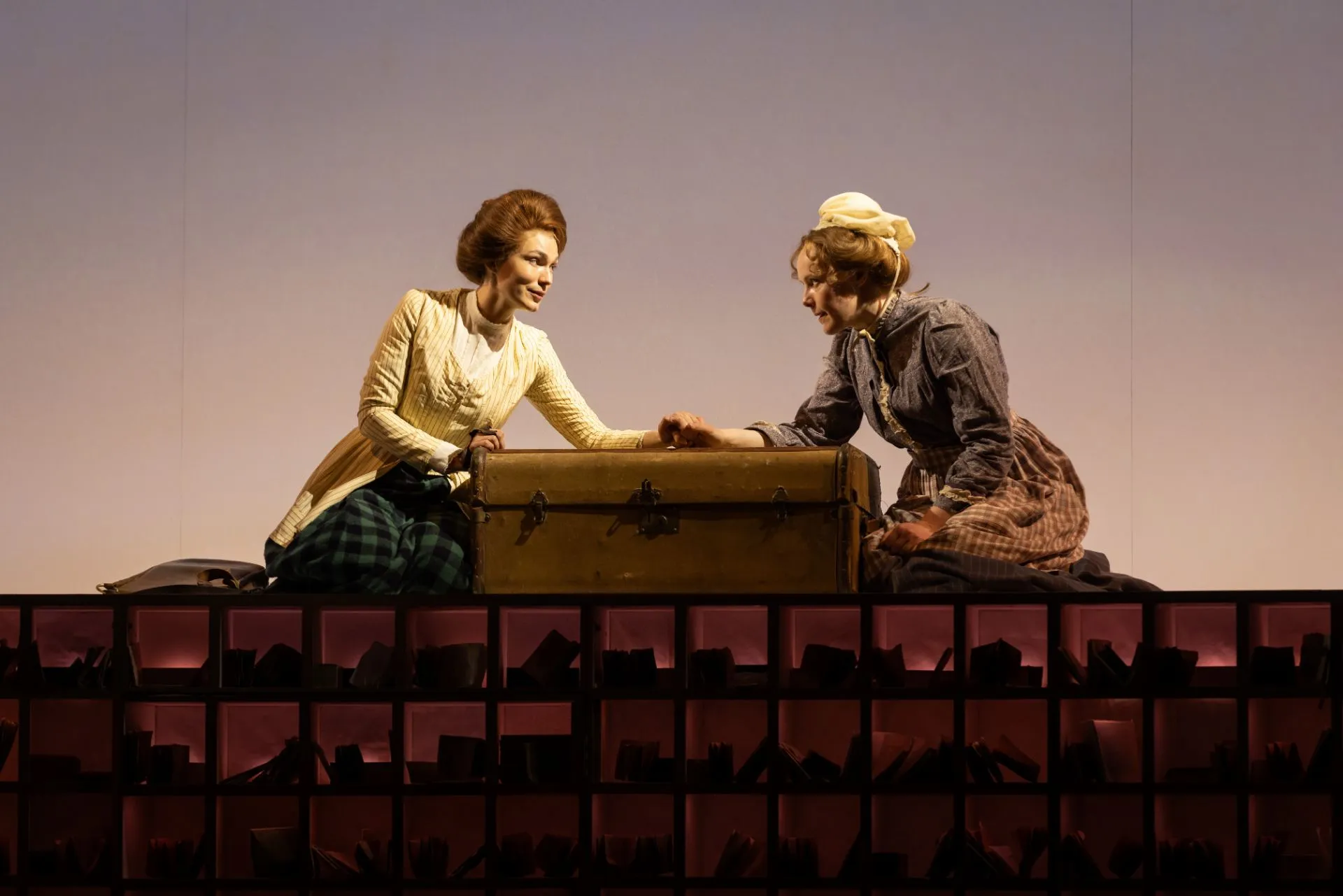
Williams surmised that the absence of female participation — or at least the lack of acknowledgement — must surely mean the absence of words and meanings that pertained to women. Her research led her down a rabbit hole where she chanced upon a frequently repeated anecdote: after the publication of the dictionary, it was discovered that the word “bondmaid” had been omitted. That gave her the seed for her plot.
The fictional Esme Nicolls is the daughter of one of the lexicographers. We meet Esme at age 4. Her mother died in child birth and she appears to have spent most of her four years underneath the sorting table in the scriptorium where words are being collected on slips of paper and categorised.

When a slip of paper inscribed with the word “bondmaid” falls to the floor unnoticed, Esme grabs it and secrets it in a large trunk.
Over time, many more slips are surreptitiously collected by Esme and placed in the trunk; they are words with insufficient definitions.
We follow Esme through several time leaps into pre-teens, later teens, early and late twenties. She herself has become fascinated with words and has begun her own collection beyond the errant slips of paper.
Playwright, Verity Laughton has adapted Williams’ novel for the stage and it is currently enjoying a production by Sydney Theatre Company.


An ambitious endeavour, the lengthy play stays fairly faithful to the novel, barely condensing the epic plot. This is probably more satisfying for those in the audience who have read the book, but might be a little testing towards the end for those coming fresh to the story.
The set by designer, Jonathon Oxlade, consists of a back wall of wooden pigeon-holes filled with slips of paper. This wall is sometimes backlit for effect. An unobtrusive staircase at centre leads to a second level above the pigeon-hole wall. Here there is a bed and wooden trunk. A strip on the back wall just above this area serves as a screen for various projections made in real time and in full view by different actors through use of a camera mounted on the sorting table.
The projections provide a change of scenery and some helpful cues about time and place, but they are sometimes clumsily executed and the technique feels a little intrusive.

The cast is excellent. Tilda Cobham-Hervey does a fine job playing Esme from age 4 through to adulthood and being on stage for virtually the entirety of the play.
Angela Mahlatjie is delightful as Tilda Taylor, and actress-cum-suffragette. She also, rather comically, plays one of the male lexicographers.
Ksenja Logos is superb in dual roles as the toothless, impoverished, foul-mouthed Mabel and as the staid, rather mysterious Ditte.

Rachel Burke is the true and constant servant, Lizzie, educated by life and very intuitive.
Brett Archer is a warm, benevolent Harry Nicolls, Esme’s father. Anthony Yangoyan is Tilda Taylor’s philandering brother and Raj Labade is the debonair Gareth Owens who eventually wins Esme’s heart. Chris Pitman plays James Murray.
Director, Jessica Arthur, does well to keep the momentum up with a weighty script busy with plot points.
This is a unique, intriguing play with some interesting messaging around language — how it is formed, who makes the decisions, and what it describes and includes.




